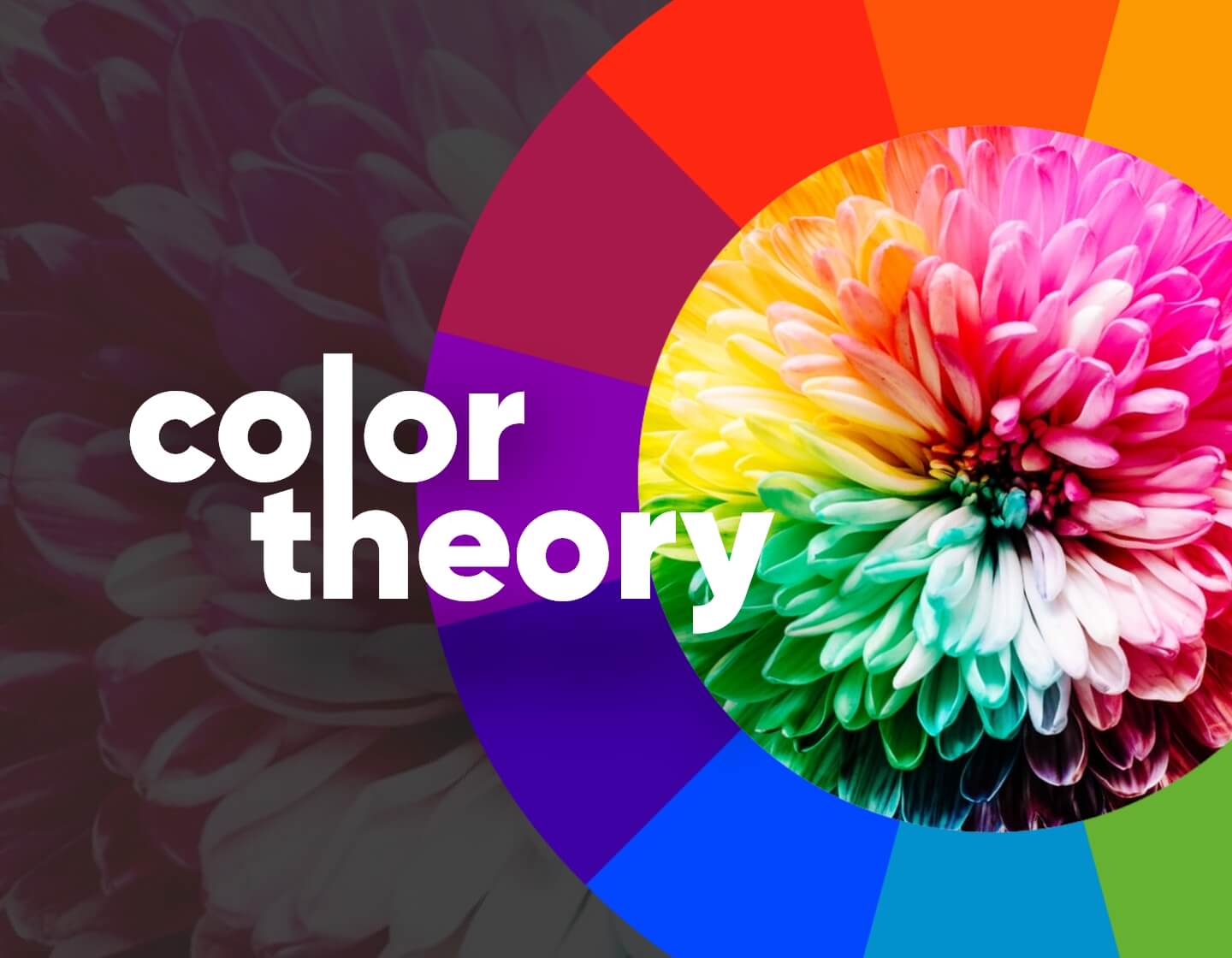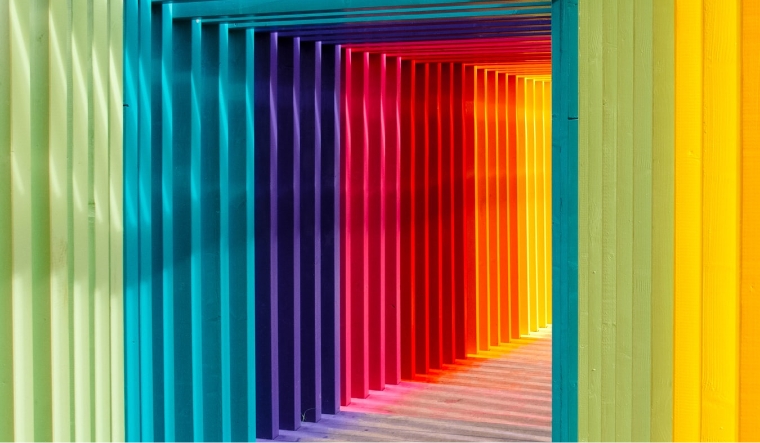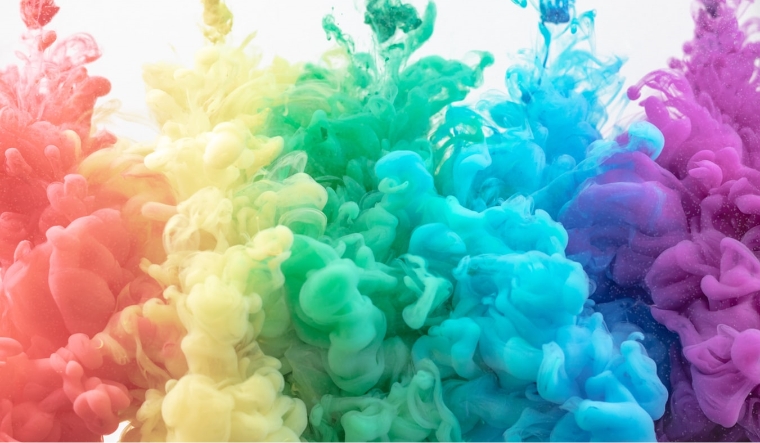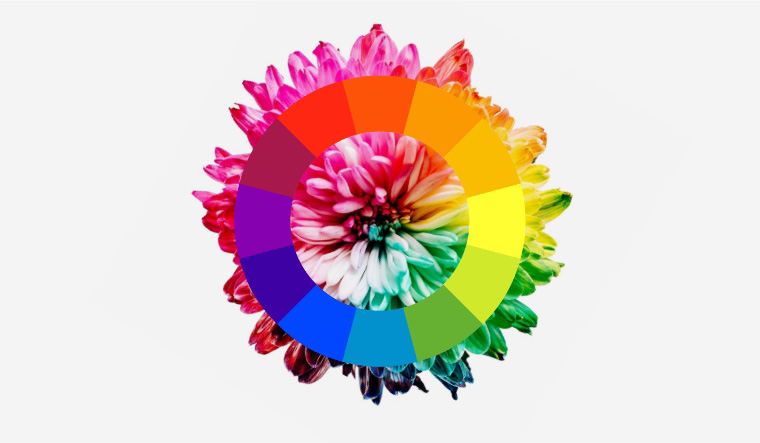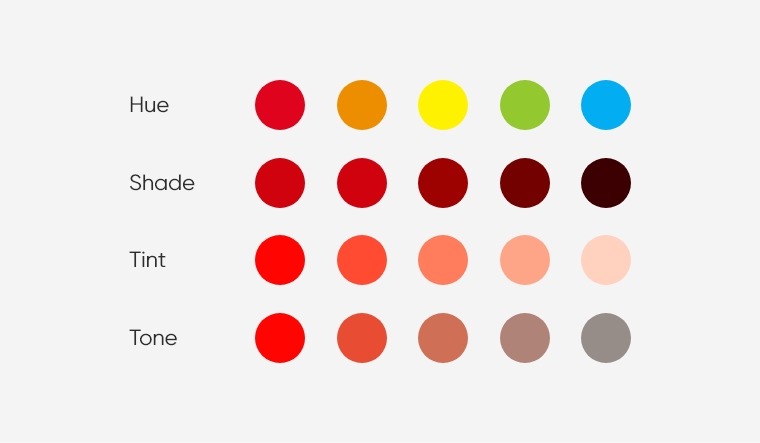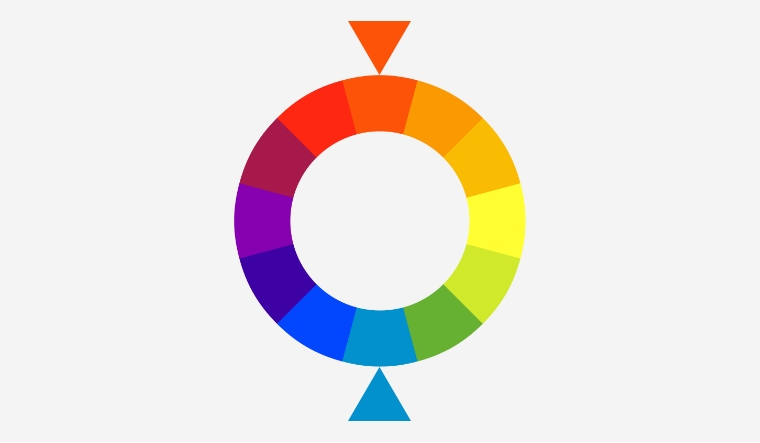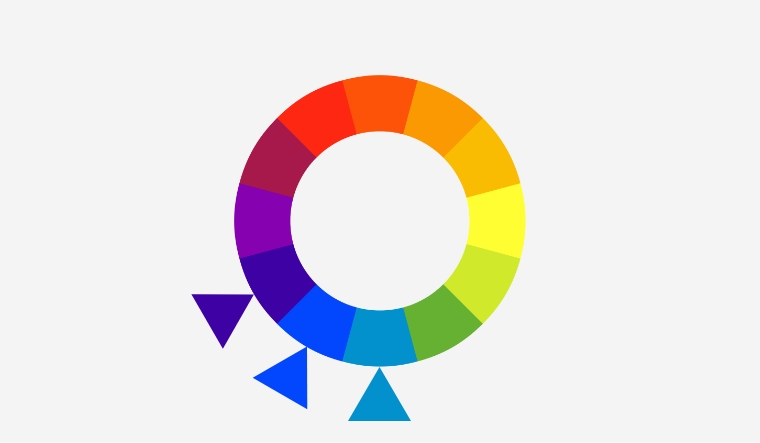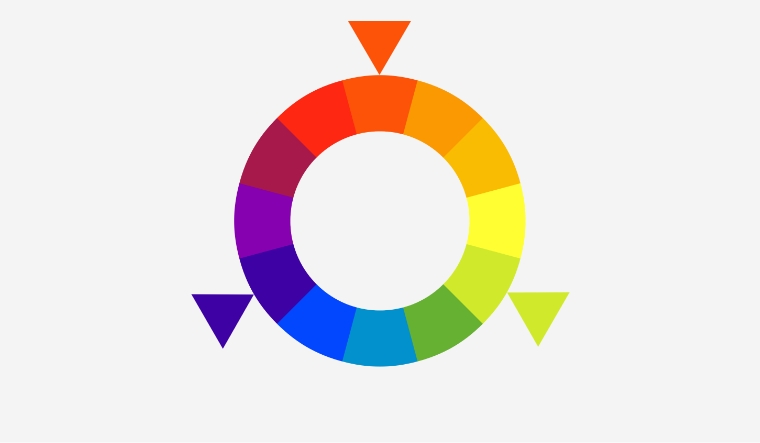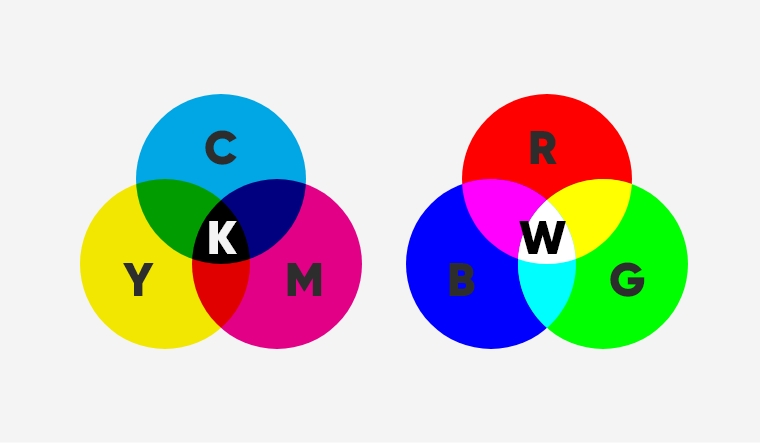What are colors and how do we combine them to achieve different visual effects? The science of colors is a subject that teaches about color mixing and the effects that result from it. In this article, I’d like us to go through the basics of color theory and what it means to graphic design.
What are Colors?
The human eye can distinguish about 10 million colors. In reality, however, there are about 18 decillion colors existence. We all know what colors are but when we have to make the definition, things may get a little bit abstract.
In short, colors are the different ways in which our eyes perceive light when light hits an object. They have three different relative properties that create the diversity of the color effects we know. these three properties are hue, intensity, and value.
- Hue is the property that references the color family: such as red, blue, yellow, green, etc.
- Intensity is the property that tells us how saturated the color is. Each color hue can have different levels of intensity which can make it more vivid or dull.
- Value is the property that forms the tints and shades of each color. It refers to how dark or light the color is. Tints are created by adding white to a particular color. While shades are created by adding black to it.
Color Meanings in Color Theory
Colors carry different meanings and there is a reason for it. Since colors are very impactful, they can awaken a range of emotions. The reason behind this effect is that colors usually raise associations with specific inherent objects. Just like blue is related to the sky and the ocean, it conveys the feeling of serenity and calmness. Green easily relates to nature and brings associations with relaxation and rejuvenation.
Color symbolism is not constant though. It may differ across cultures and nations or change over time. It can even change depending on the specific context. Let’s take red for example. This color is usually associated with anger but it can also mean love and passion.
Color symbolism is a truly interesting and complex subject that is widely studied and also essential to design.
Color Wheel
The wheel features colors arranged in a specific way to display the relationships between them. The color wheel usually includes the primary colors, the secondary colors, and tertiary colors. In some cases, it shows even more colors.
The typical color wheel consists of red, yellow, and blue primary colors. The combination of each duo creates the secondary colors: orange, green, and purple. Logically, the tertiary colors are mixes of primary and secondary colors, as follows: green and yellow, yellow and orange, orange and red, red and purple, purple and blue, blue and green.
Hue, Shade, Tint, and Tone
Hues, shades, tints, and tones are different properties of colors that are often confused with each other. Here is how to tell the difference:
- Hues are the different color families – red, yellow, green, blue, magenta, etc.
- Shades are the colors we make when we add black to a particular color hue.
- Tints are the colors we make when we add white to a particular color hue.
- Tones are the colors we make when we add grey to a particular color hue.
These three properties can have a different intensity that depends on how much black, white, or grey we add to the specific color.
Color Schemes and Combinations in Color Theory
The aesthetic way in which we combine colors and use them in design results in various color schemes and combinations. Color combinations look appealing and bring style to the design. Color schemes can be as many as your imagination can create but generally, they fall into several categories. Here are some of them:
Complementary Colors
One of the most famous color combinations is to put complementary colors together. The latter are these pairs of colors which create the strongest contrast. On the color wheel, we see them right opposite from each other. For this reason, sometimes you may encounter them with the name opposite colors.
Analogous Colors
Analogous colors are next to each other on the color wheel. They don’t create much contrast. However, their combination is pleasing to the eye. Analogous color schemes are usually made of one primary color which is the dominant, and secondary and tertiary colors sitting next to this primary color on the wheel.
Triadic Colors
Triadic color schemes are very harmonic. As the name suggests, they are made of three colors that sit at equal distances from each other on the wheel. To make a triadic color scheme, you could just use an equilateral triangle on the color wheel. The three tips of the triangle point at the three colors of your triadic color scheme.
In case you’d like to learn more about the subject, check out our article about the art to combine colors.
RGB and CMYK in Color Theory
RGB and CMYK are two color models that display different ways to reproduce an array of colors. The models have one main difference. The first color model is additive and the second is subtractive. Let’s see what this means.
RGB Color Mixing Model
The RGB color model has three primary colors the initials of which form its name: red, green, and blue. The principle of the model is that the combination of all colors produces white and the absence of any color results in black.
The RGB color model is the model we use to display images on media transmitting devices: computer monitors, TV screens, mobile and tablet screens, etc.
CMYK Color Mixing Model
CMYK color model works in the opposite way. It refers to primary colors cyan, magenta, and yellow (K is for black). In this model, black is achieved when all colors are present, while white is achieved only when you remove all colors.
The CMYK color model is the model we use for color printing. The white being the absence of any color leaves the paperwhite, and the combination of all colors results in black, although the model includes black as a separate key color.
Final Words about Color Theory
In conclusion, color theory is indeed a very interesting subject that raises the attention of artists, mathematicians and philosophers throughout the years. Nowadays, color theory is a really important matter for everyone involved in art and design. In this article, we covered the basics of color theory – we hope we’ve been helpful!
Get color combination ideas and learn more about colors in our related articles:


